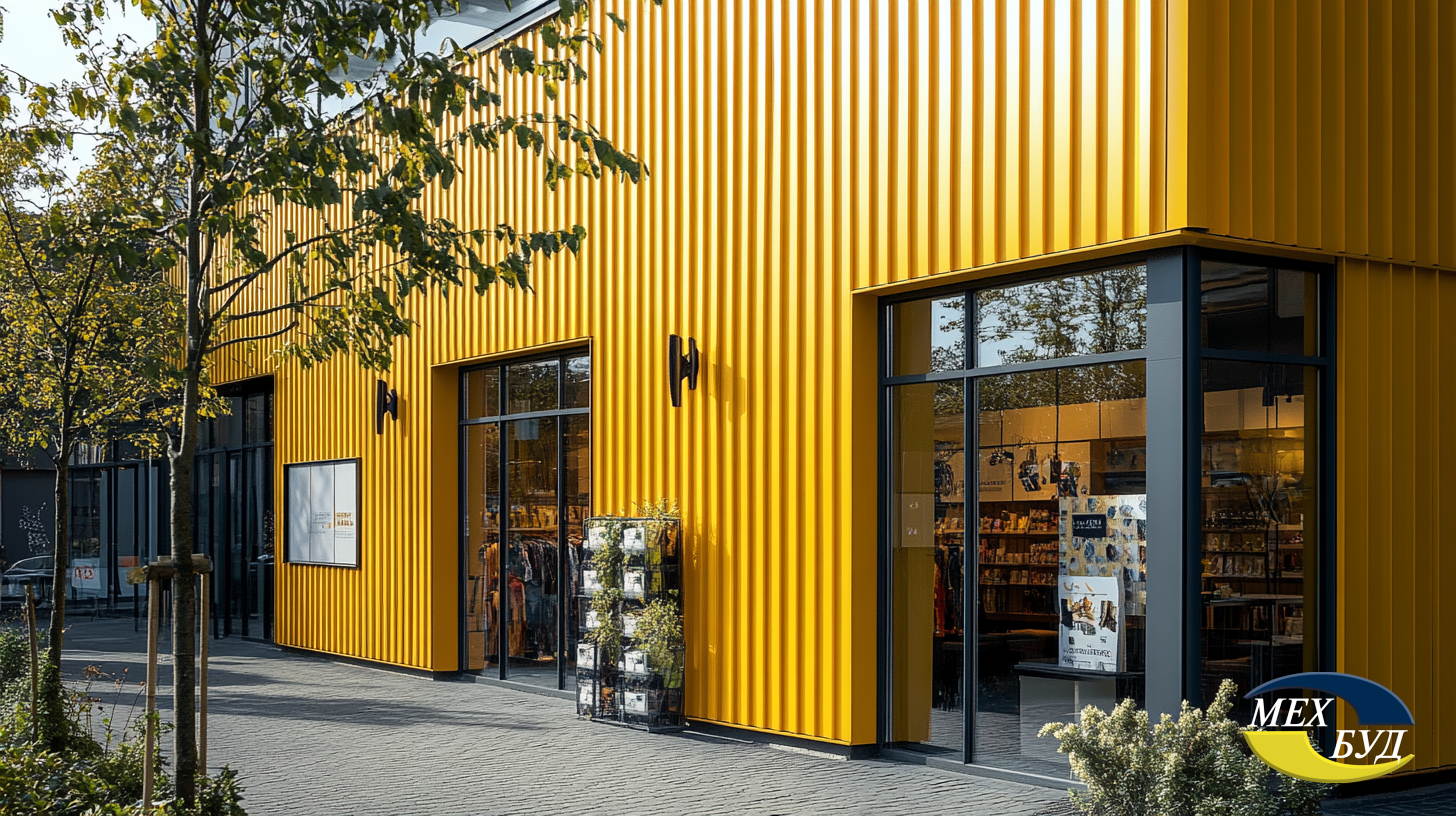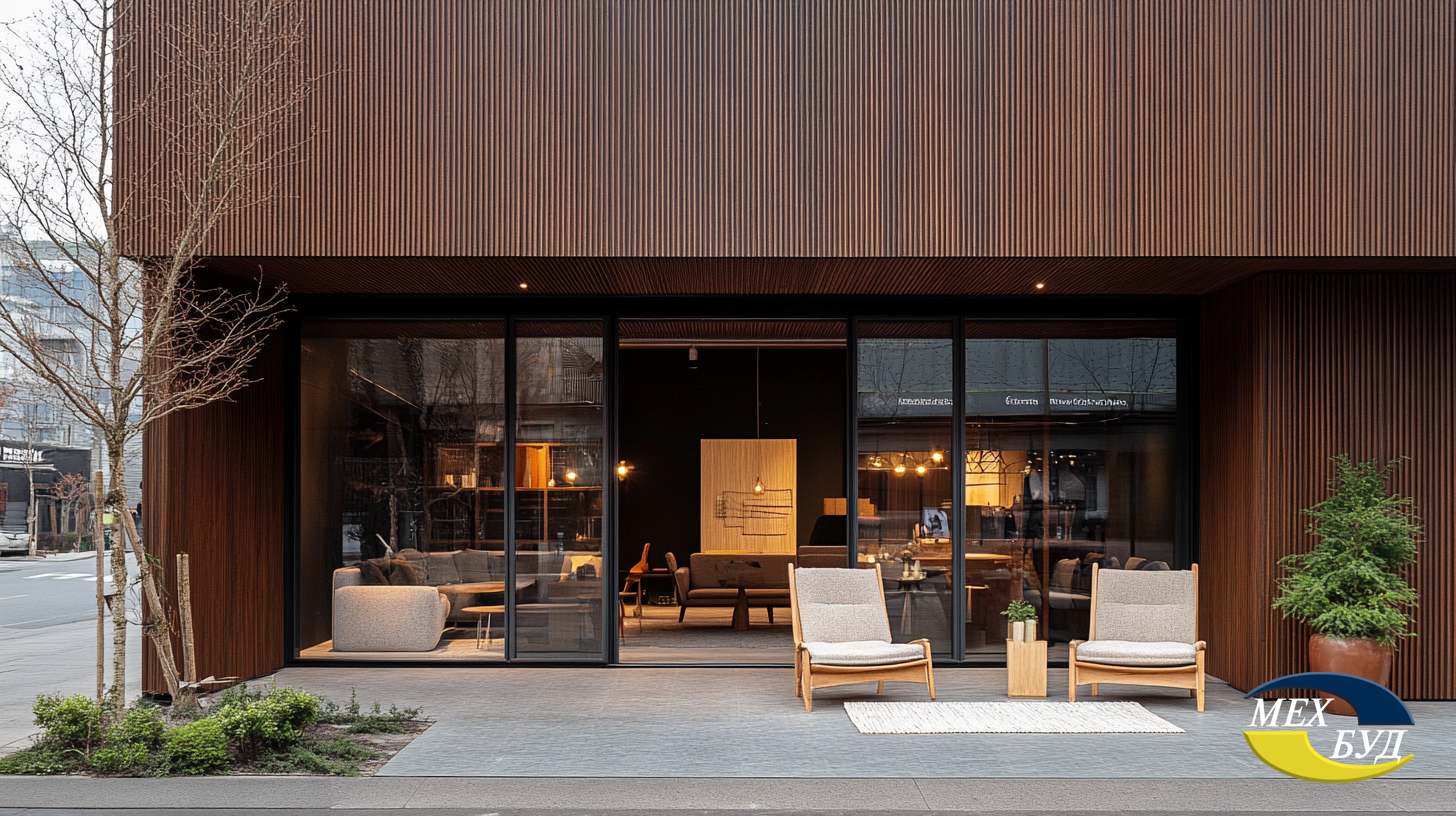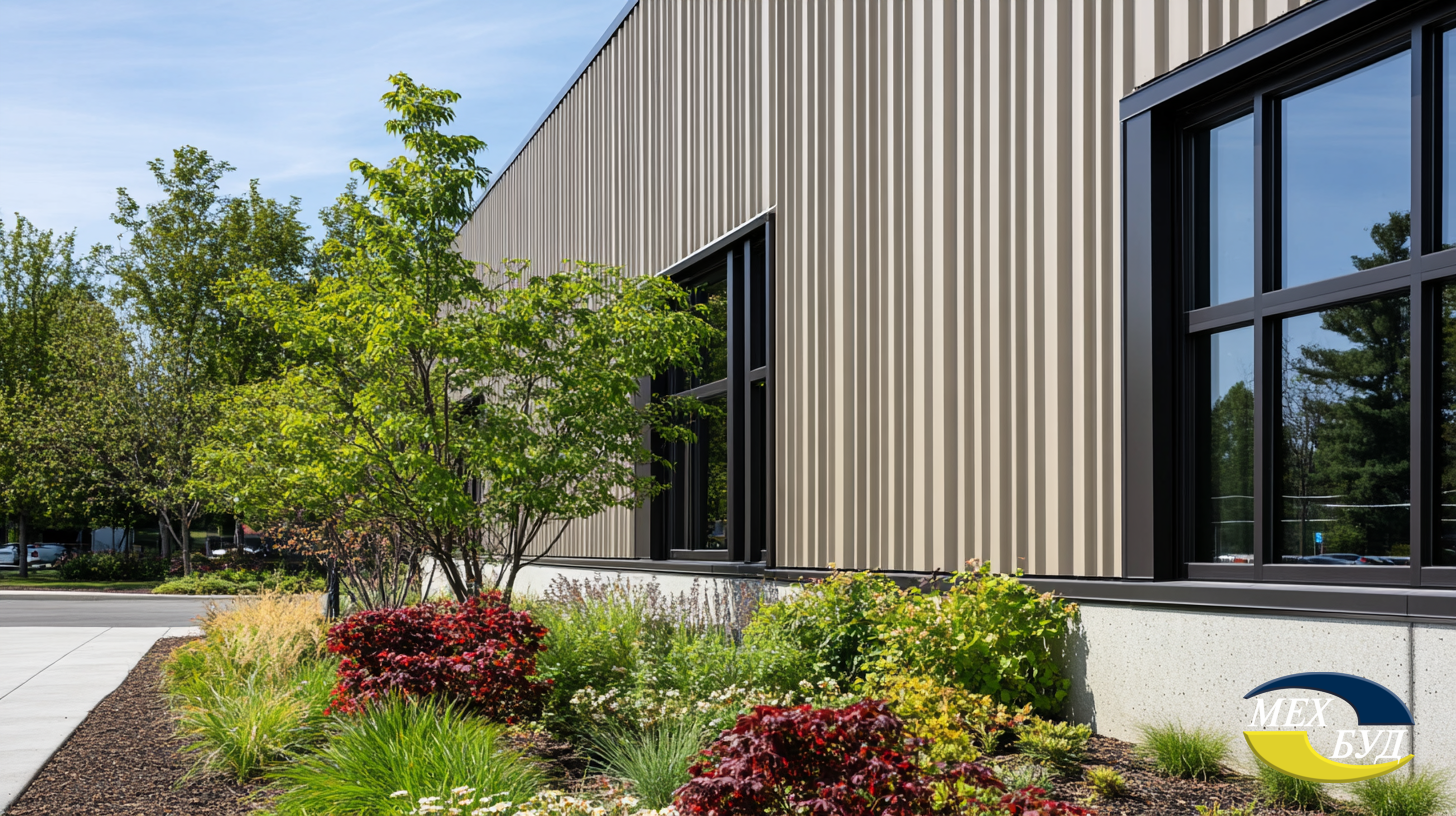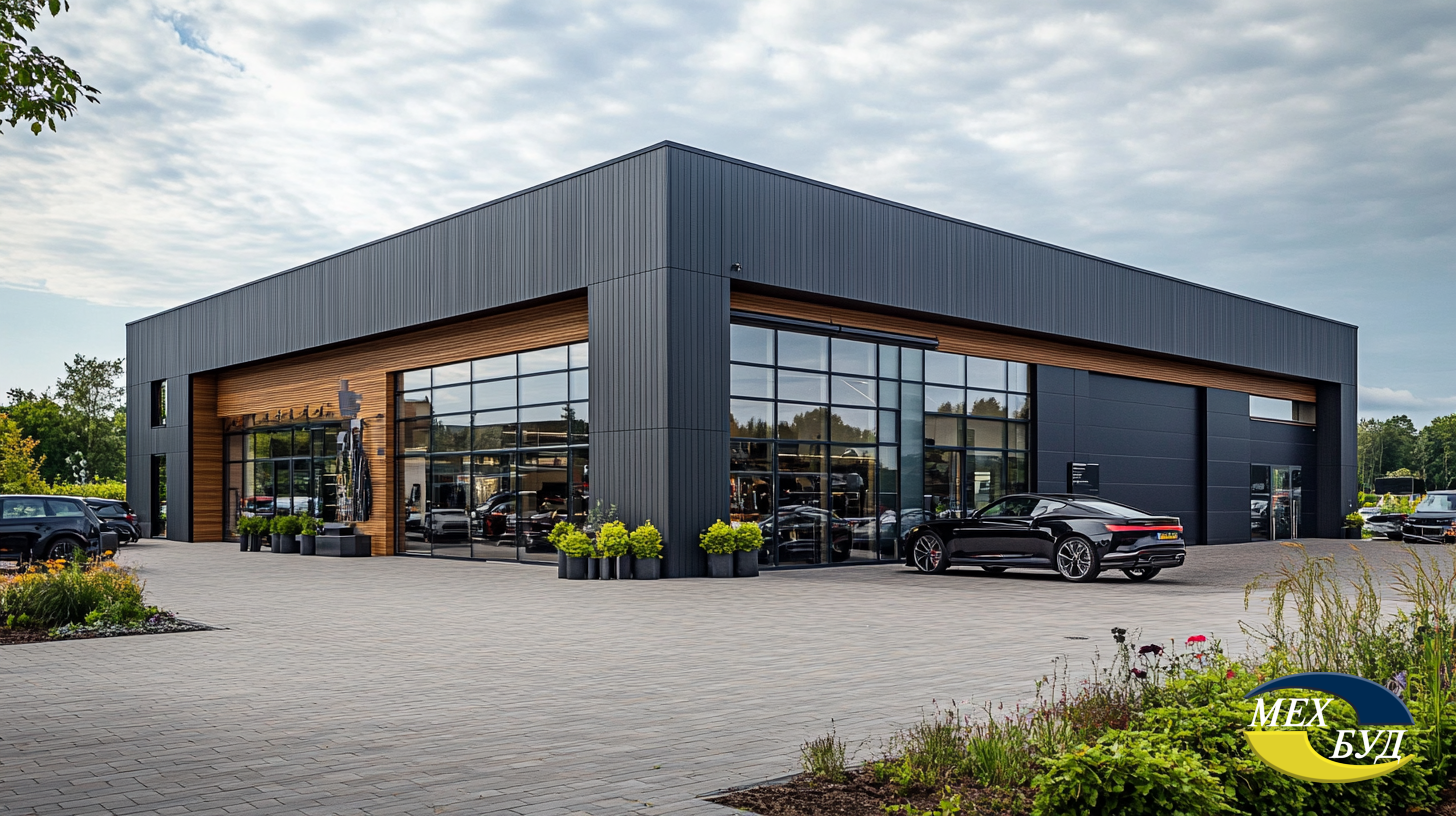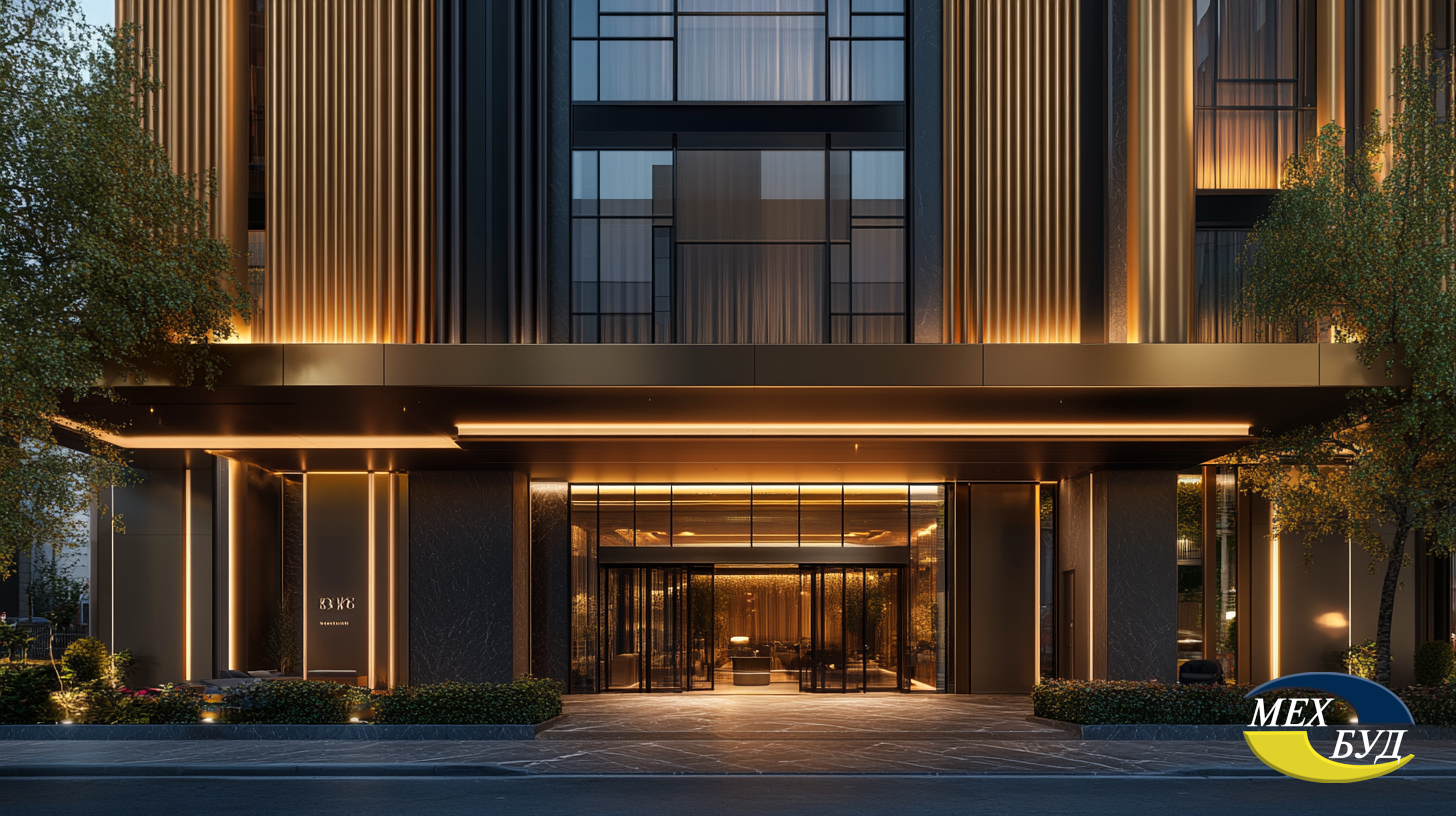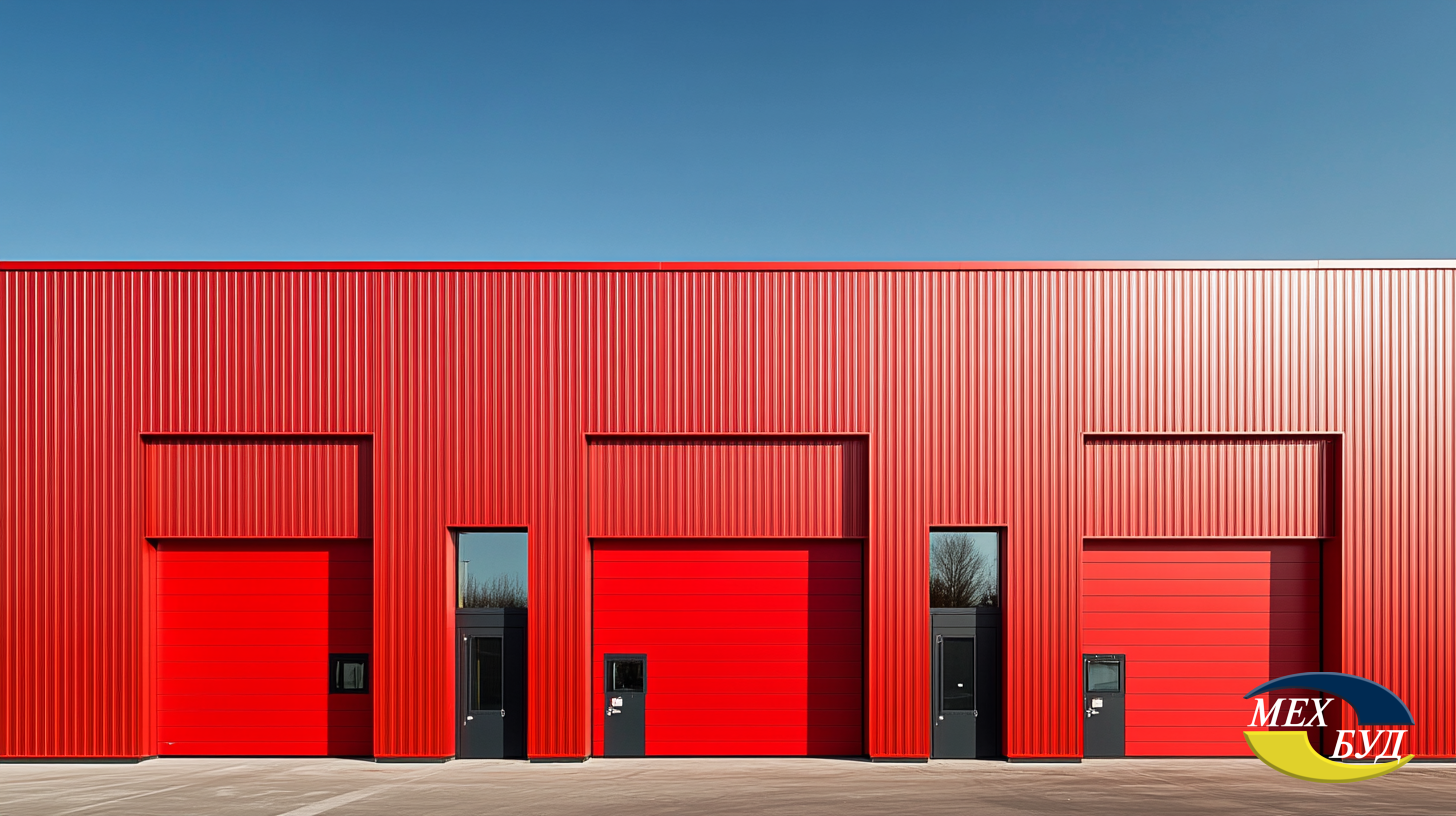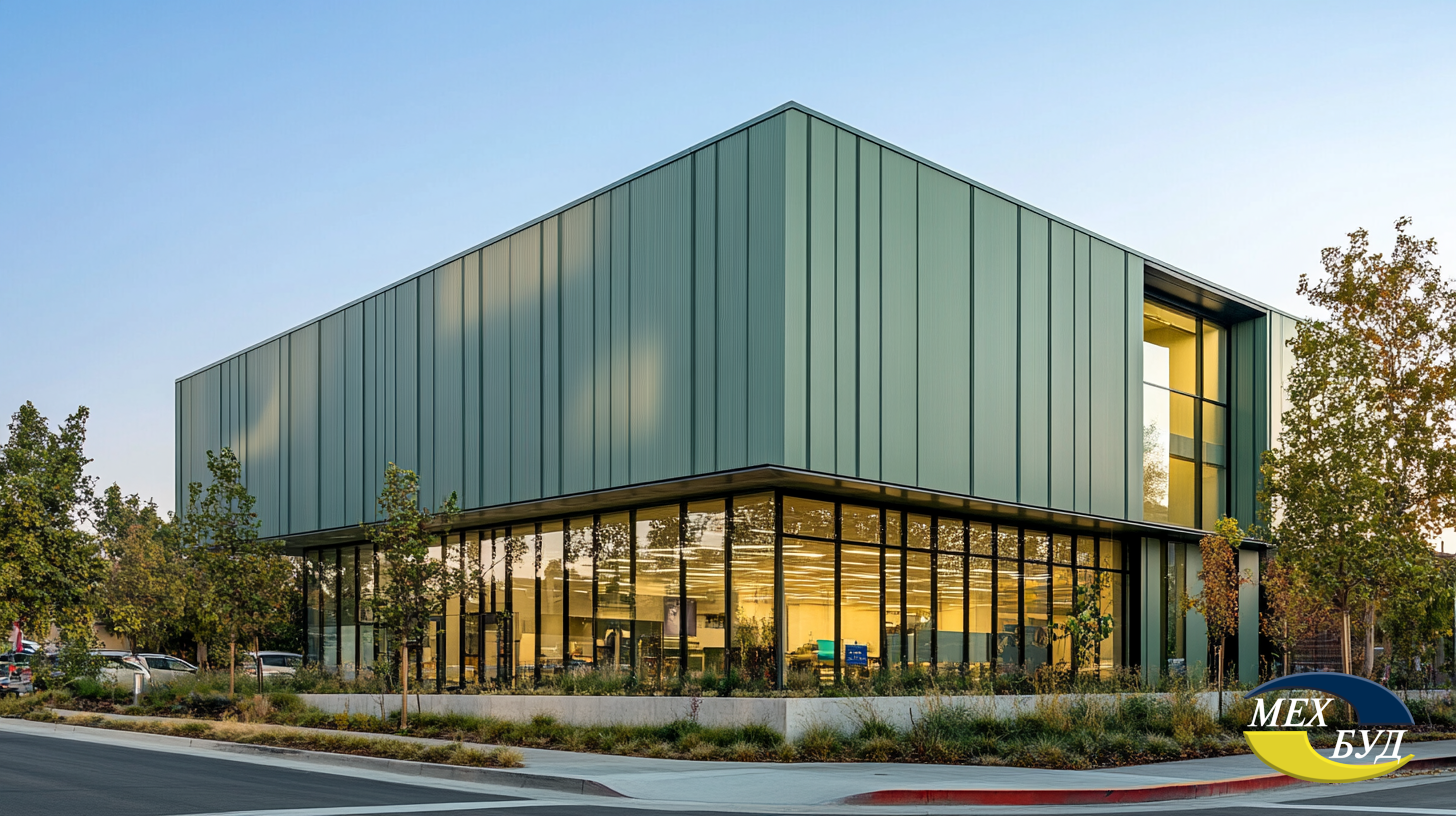Curb Appeal and Commercial Property Value
A building’s curb appeal – the immediate visual attractiveness of its exterior – plays a significant role in its market valuation. Just as a fresh coat of paint and landscaping can boost a home’s price, an attractive facade can appreciably increase a commercial property’s value. Studies indicate that a well-maintained exterior (including landscaping and facade improvements) can raise commercial property values by as much as 10–15% (The Impact of Curb Appeal on Commercial Property Value | Expert Landscaping in SC). This is because an inviting facade signals that a property is well-managed and prestigious, creating an “invite in” effect for potential tenants or buyers. On the flip side, a shabby or outdated facade can reduce a building’s class standing (for example, from Class A to B), directly impacting the rents it can command.
Attracting tenants and investors: The facade is often the first interaction potential tenants have with a building. A modern, aesthetically pleasing exterior gives the impression of quality and professionalism, attracting high-caliber tenants who take pride in their business location (The Impact of Curb Appeal on Commercial Property Value | Expert Landscaping in SC). Such tenants are willing to pay premium rents for space in a building that enhances their own brand image. Conversely, if the facade looks neglected, top-tier tenants may avoid the property, leading to higher vacancies and lower rental income. This dynamic is evident in office markets: industry analysis by JLL found that U.S. office buildings fully renovated since 2015 (including facade upgrades) have consistently seen positive net leasing absorption even during the pandemic, whereas many older unrenovated buildings lost tenants. By early 2023, the share of new office leases going to these renovated properties had more than tripled, underscoring how updating a facade and building systems can give older buildings a competitive edge in occupancy (U.S. office trends from February reinforce one of the many important… | Adam Dembowitz, MAI). In short, investing in an exterior facelift or modern architectural cladding can directly translate into higher leasing rates and property value.
Brand perception and prestige: For commercial properties, especially flagship offices or retail venues, the facade contributes to the asset’s brand and prestige, which in turn influences value. A striking, iconic facade can make a building a landmark (think of the glass cube Apple Store in NYC or a sleek corporate headquarters) and thereby increase its desirability and market value. Even subtle improvements like updated cladding, new signage, or contemporary design accents can shift a building’s image from “dated” to “prestigious,” expanding the pool of interested buyers and tenants. According to commercial realtors, enhancing curb appeal is one of the most cost-effective ways to increase a property’s market value and achieve a faster sale or lease-up period (The Importance of Curb Appeal When Selling Commercial …). In competitive markets, the buildings with the best facades often set the benchmark for top rental rates.

